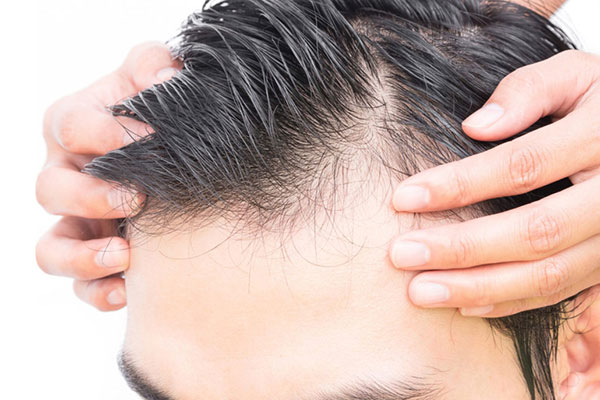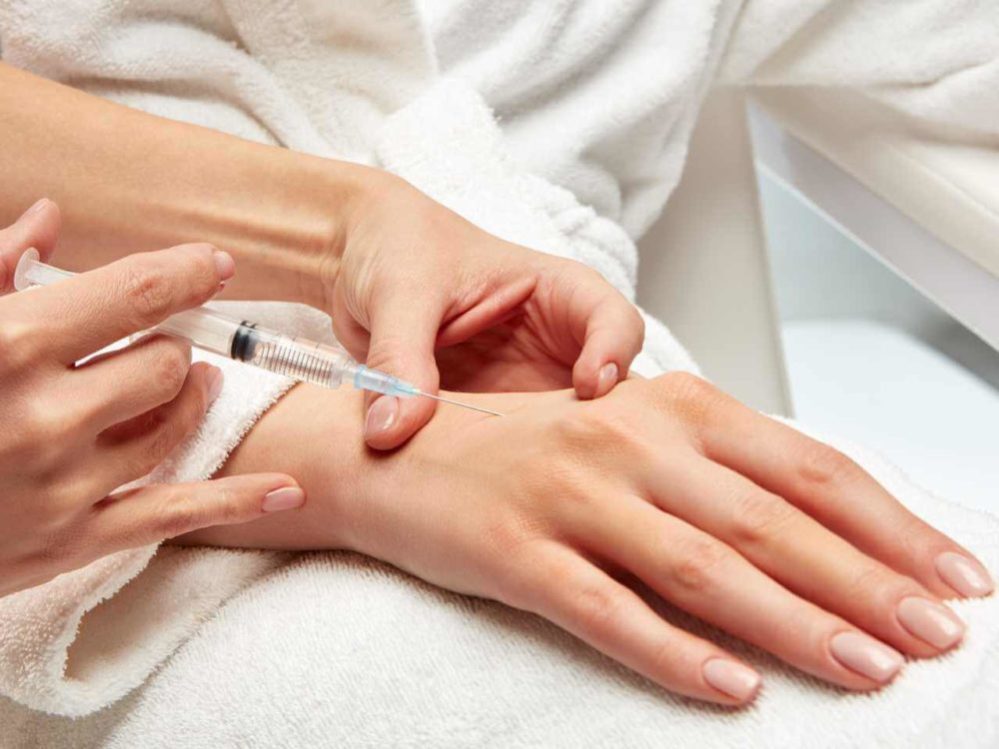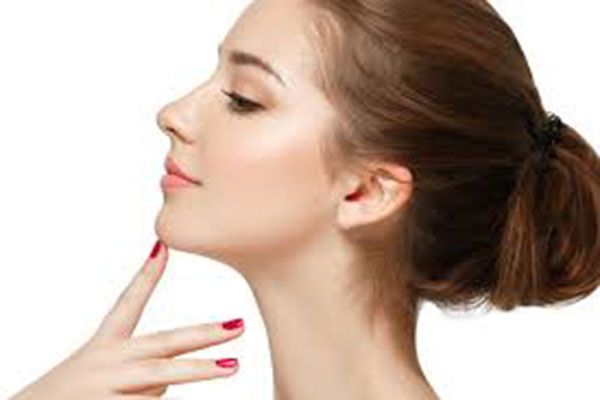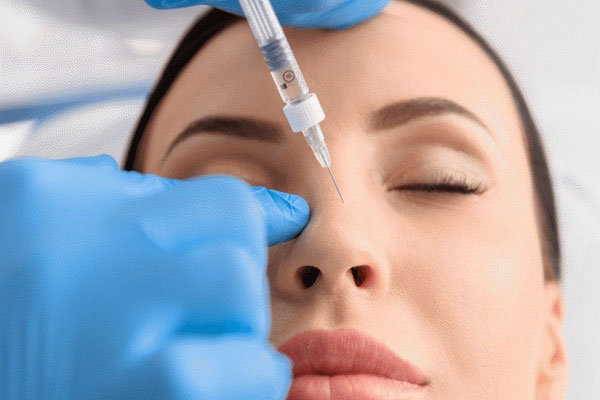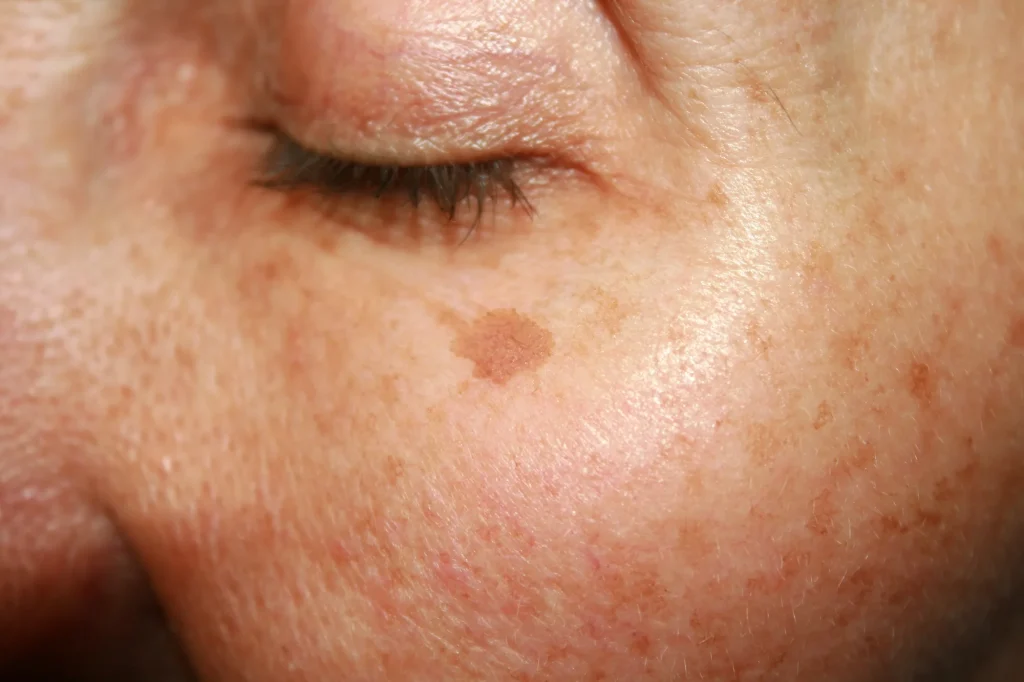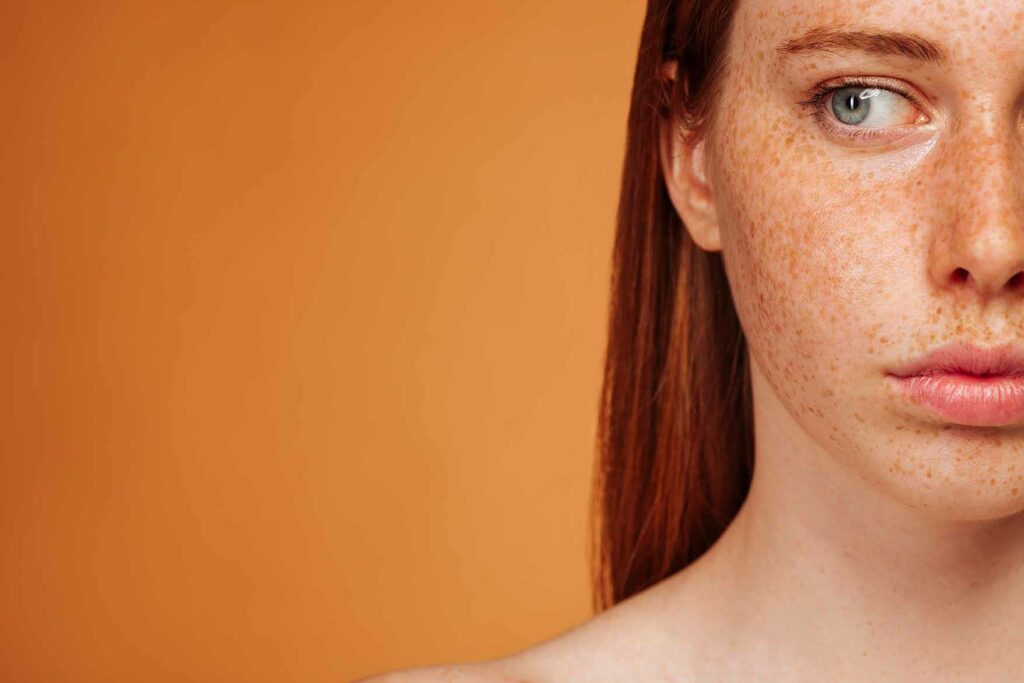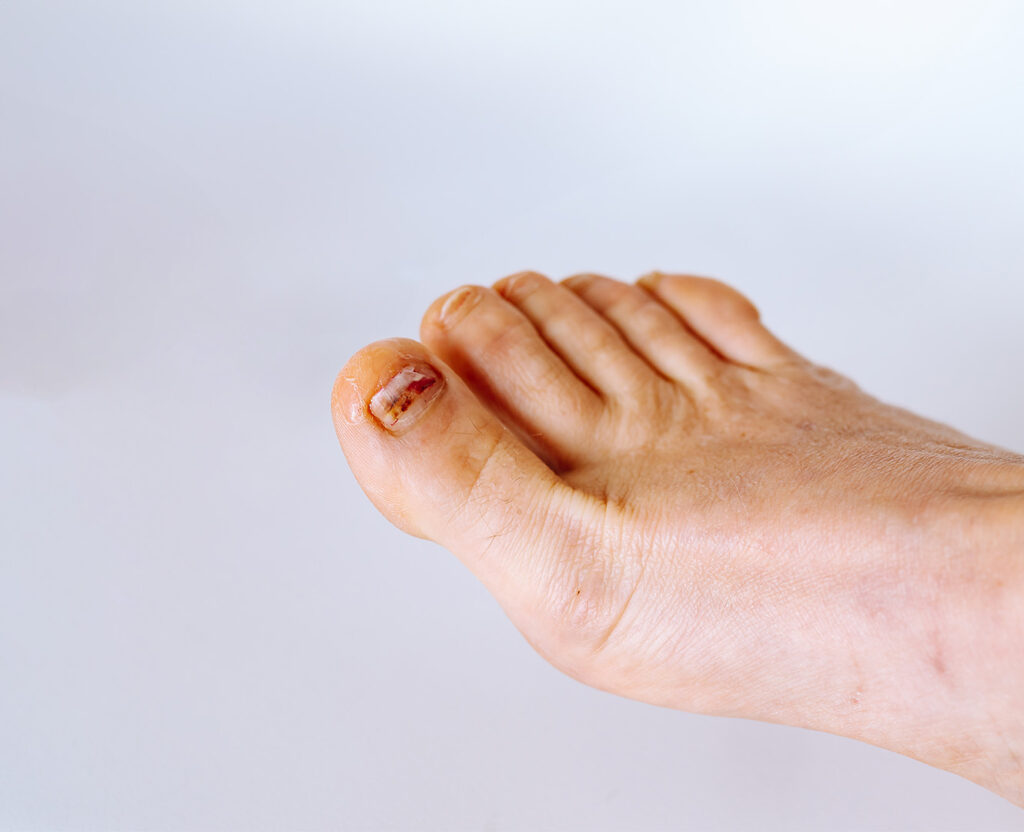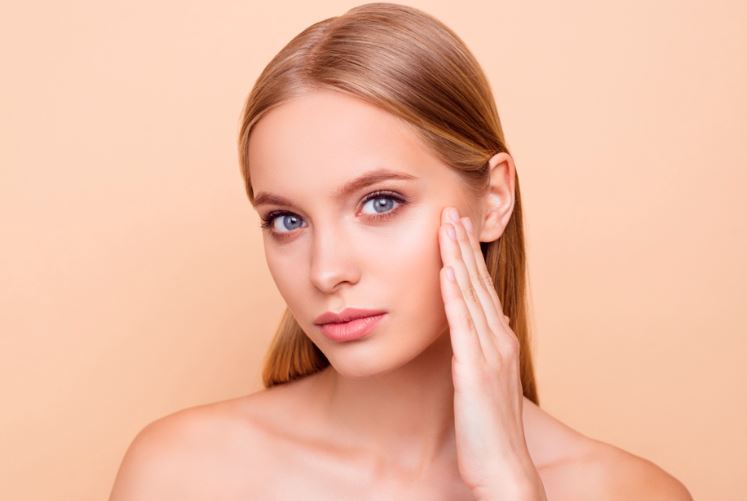
PRP
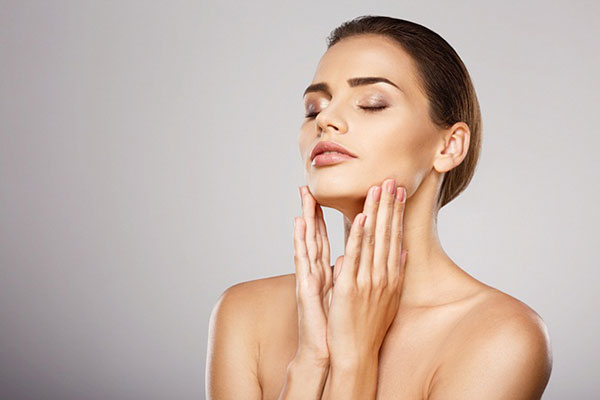
What Is PRP?
PRP (Platelet-Rich Plasma) therapy is a regenerative treatment that involves using a concentration of the patient’s own platelets derived from their blood. This platelet-rich plasma is rich in growth factors that stimulate healing, tissue regeneration, and collagen production. PRP is widely used in aesthetic medicine, dermatology, orthopedics, and hair restoration for its natural and rejuvenating effects.
How Is PRP Applied?
A small amount of blood is drawn from the patient and processed in a centrifuge to isolate the platelet-rich portion. This PRP is then injected into the targeted area using fine needles or applied via mesotherapy. The procedure takes about 30–40 minutes and is typically well-tolerated with minimal discomfort.
Application Techniques
- Injection method: Applied directly to areas like the face, neck, décolleté, and scalp.
- With dermapen: Combined with microneedling to enhance absorption and effect.
- Mesotherapy: Injected into more superficial layers of the skin for widespread rejuvenation.
What Is PRP Used For?
- Skin rejuvenation and wrinkle reduction
- Treatment of pigmentation and acne scars
- Prevention of hair loss and stimulation of hair follicles
- Joint and knee pain relief in orthopedic applications
- Improving skin elasticity and tone
Benefits of PRP
PRP harnesses the body’s natural healing power by using its own plasma. It supports cell renewal, enhances skin radiance and vitality, and revitalizes hair follicles. As it does not involve synthetic substances or surgery, PRP is a safe and biocompatible treatment with a low risk of side effects.
Contribution to Aesthetic Quality of Life
PRP treatment promotes a natural and healthy appearance. With regular sessions, the skin tone becomes more even, fine lines are reduced, and the hair appears fuller and stronger—ultimately boosting the individual’s self-confidence. ✅
How Many PRP Sessions Are Needed?
Typically, 3–4 sessions are recommended at 3–4 week intervals. Noticeable improvements often appear after the second session. The frequency and duration of treatment vary depending on age, skin condition, and personal goals.
Who Should Not Have PRP?
PRP is not recommended for pregnant women, individuals with cancer, active infections, or bleeding disorders. Those taking blood thinners should also be evaluated carefully before treatment.
PRP Prices
PRP treatment costs vary based on the area being treated, the technique used, and the number of sessions. For personalized assessment and details, please contact our clinic directly for pricing information.
| Feature | Description |
|---|---|
| Procedure Time | 30–40 minutes |
| Recommended Sessions | 3–4 sessions (every 3–4 weeks) |
| Application Areas | Face, scalp, neck, décolleté, knees |
| Recovery Time | Immediate return to daily life |
Conclusion
PRP is a natural and effective option for skin and hair regeneration. Since it is derived from the patient’s own blood, it offers high biological compatibility and safety. When performed under expert supervision, regular PRP treatments can significantly enhance aesthetic appearance and overall quality of life.
Frequently Asked Questions
Is PRP painful?
No, a topical anesthetic cream is usually applied before the procedure, making it mostly painless or only mildly uncomfortable.
Can I return to daily activities after PRP?
Yes, you can return to your routine immediately. Mild redness may occur but typically resolves quickly.
When will I start seeing results?
Visible effects often begin after the second session. Skin appears more radiant, and hair may grow stronger and thicker.
Are PRP results permanent?
Results can be long-lasting, but maintenance sessions may be needed depending on age and lifestyle.

